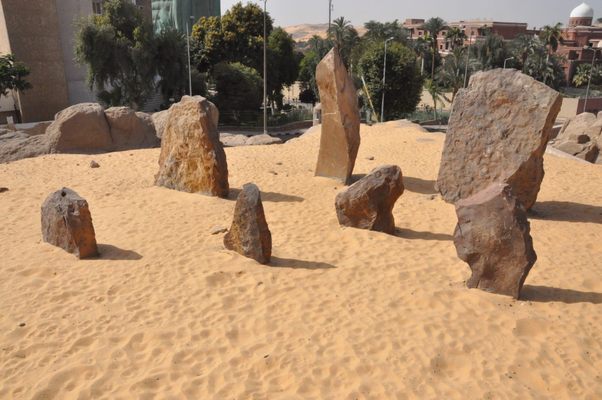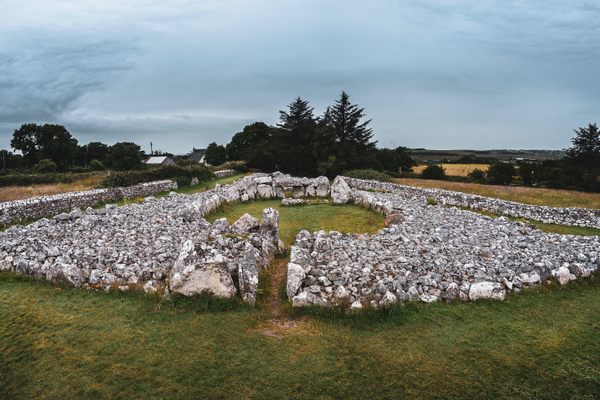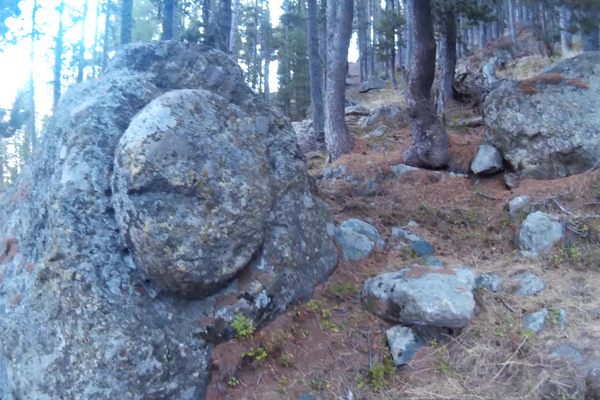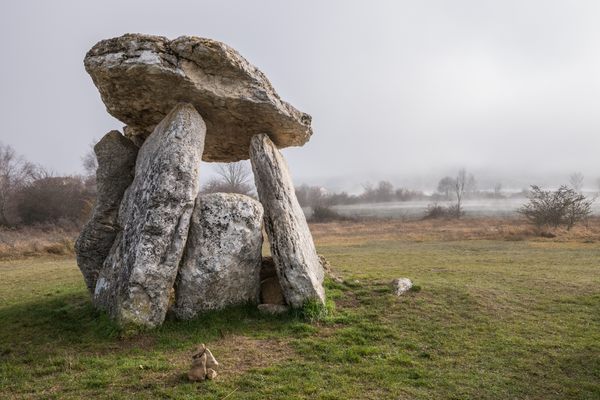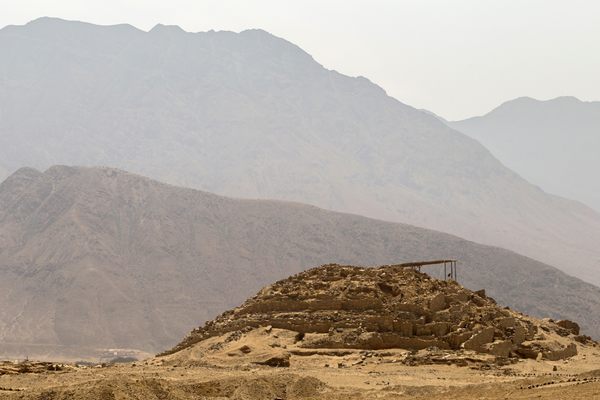About
In the eyes of Western civilization, Stonehenge reigns supreme in the category of famous stone circles. With its megaliths meticulously displayed, this 5,000-year-old prehistoric monument and World Heritage site garners over a million visitors per year. To many, it is the prime example of the mysteries that still remain unsolved. But more than 2,000 miles away, in southern Egypt, lies another stone complex that archeologists believe predates Stonehenge by almost 2,000 years: Nabta Playa.
Located around 700 miles south of the Great Pyramid of Giza and some 60 miles west of the Nile, Nabta Playa is said to have been constructed by a cattle-worshiping cult who used it to mark the summer solstice and the arrival of the monsoons.
There are two versions of the story of how these megaliths were discovered. The first one comes from a Bedouin (nomadic Arab) named Eide Mariff who says he came across the stones while crossing the Sahara in 1973. He then took his colleague, prominent American archaeologist Fred Wendorf, out to the site. But Wendorf’s longtime friend and collaborator Romuald Schild remembers the story slightly differently. Schild says that also in 1973, he, Wendorf, and a team of archaeologists were driving across the desert and spotted the stone remains when they stopped for a bathroom break.
The megalith monuments and stone slabs of Nabta Playa were constructed over years of habitation by the nomadic people who passed through the area over thousands of years. The most significant structure amongst them all is the calendar stone circle. The circle is made up of four pairs of large stones and then an assortment of smaller stones. Wendorf, Schild, and the team of archeological excavators believed that the stones were aligned with the stars in some way. In research published in 2007 about the complex of stones, archaeoastronomers and archaeologists confirmed that the stones were in possible alignment with the stars Sirius and Arcturus, the star system Alpha Centauri, and the Belt of Orion.
After the first study of the site was published in 1998, tourists and visitors who were able to locate the stone circles began defacing the stones and moving some, eventually changing the alignment. The area had been untouched for over 5,000 years before then.
Now, the stones (including a cow sculpture!) can be seen in their original formation at the Nubian Museum in Aswan, Egypt, where visitors can view the historic monument from a safe distance.
Related Tags
Egypt Family Adventure: Pyramids, Mummies & The Mighty Nile
Cross dream-like deserts and uncover the secrets of ancient pyramids.
Book NowCommunity Contributors
Added By
Published
July 14, 2022


